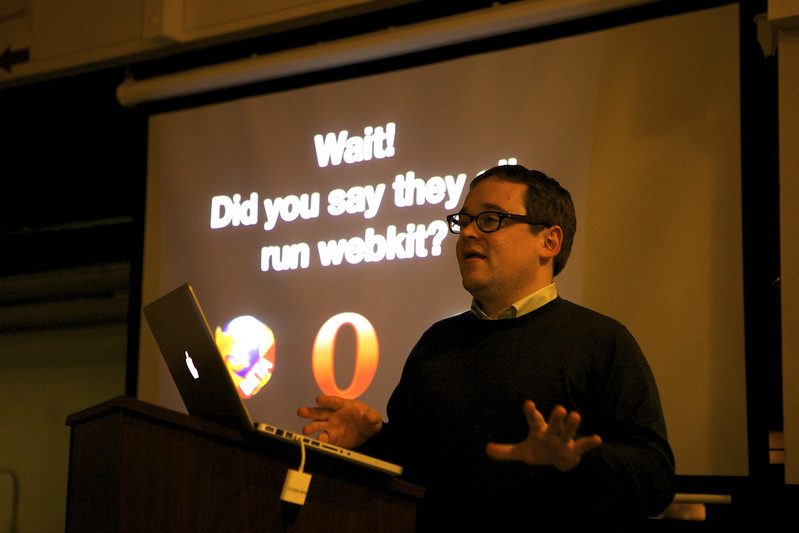Recently, the team at Flickr has been working to improve photo search. Before our work began, Flickr only knew about photo metadata — information about the photo included in camera-generated EXIF data, plus any labels the photo owner added manually like tags, titles, and descriptions. Ironically, Flickr has never before been able to “see” what’s in the photograph itself.
Over time, many of us have started taking more photos, and it has become routine — especially with the launch last year of our free terabyte* — for users to have many un-curated photos with little or no metadata. This has made it difficult in some cases to find photos, either your own or from others.
So for the first time, Flickr has started looking at the photo itself**. Last week, the Flickr team presented this technology at the May meeting of the San Francisco Hadoop User’s Group at our new offices in San Francisco. The presentation focuses on how we scaled computer vision and deep learning algorithms to Flickr’s multi-billion image collection using technologies like Apache Hadoop and Storm. (In a future post here, we’ll describe the learning and vision systems themselves in more detail.)
[youtube=http://www.youtube.com/watch?v=OrhAbZGkW8k&w=640&h=360]
Slides available here: Flickr: Computer vision at scale with Hadoop and Storm.
Thanks very much to Amit Nithian and Krista Wiederhold (organizers of the SFHUG meetup) for giving us a chance to share our work.
If you’d like to work on interesting challenges like this at Flickr in San Francisco, we’d like to talk to you! Please look here for more information: http://www.flickr.com/jobs
* Today is the first anniversary of the terabyte!
** Your photos are processed by computers – no humans look at them. The automatic tagging data is also protected by your privacy settings.


